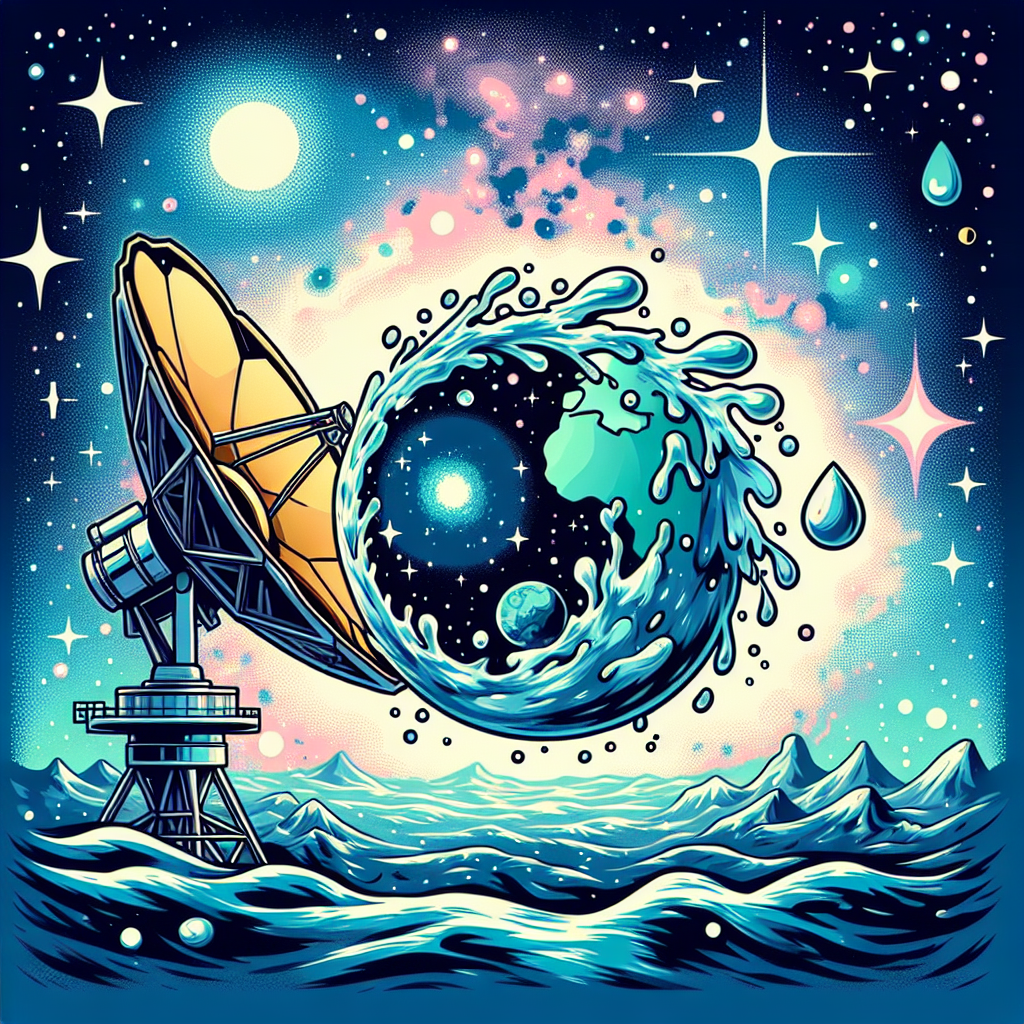
Exploring the Cosmic Origins of Earth’s Water: How JWST is Unraveling the Mysteries of the Universe
The universe is brimming with mysteries, and one of the biggest questions that scientists continue to explore is the origin of water on Earth. Recent observations by the James Webb Space Telescope (JWST) are shedding light on the cosmic pathways that water takes to reach terrestrial planets, providing new insights into the formation of our planet and the conditions that make it hospitable for life.
The role of water in the formation of planets is a complex and fascinating story. As part of the ongoing efforts to understand this process, scientists are using cutting-edge technology like JWST to peer into the depths of space and time, capturing data that could redefine our understanding of planetary science.
JWST’s Groundbreaking Observations
The James Webb Space Telescope, launched in December 2021, is equipped with advanced instruments designed to observe the universe in unprecedented detail. It is capable of detecting the faint signals of water vapor in the atmosphere of distant planets, as well as the dust and gas surrounding young stars—the very ingredients necessary for planet formation.
According to Scientific American, new observations from JWST are revealing the chemical makeup of planetary nurseries, exposing the intricate web of physical processes that lead to the creation of water-rich worlds.
The Journey of Water Through Space
Water is thought to form in the cold regions of space within giant molecular clouds. These clouds consist of hydrogen, helium, and a scattering of heavier elements and compounds frozen onto tiny dust grains. Through the process of star formation, these clouds collapse under their own gravity, creating stars surrounded by protoplanetary disks.
As the disk material coalesces, planets begin to form, carrying water with them as both ice and vapor. The exact mechanisms by which water is incorporated into young planets like Earth are a focal point of JWST’s mission.
Implications for Life Beyond Earth
The discovery of water’s cosmic journey has profound implications for the search for life beyond Earth. By understanding how water is distributed throughout the universe, astronomers can identify other potentially habitable planets within our galaxy.
Recent findings suggest that water-rich planets are more common than previously thought. The detection of water in the atmospheres of exoplanets has significant bearings on astrobiology, as it raises the possibility of life existing in environments once deemed unlikely.
Technical Challenges and Future Prospects
Despite the technological marvels of JWST, studying the universe’s origins remains challenging. The telescope’s precision instruments must contend with faint and diffuse signals from the cosmos, requiring sophisticated data processing and interpretation techniques.
Looking forward, ongoing JWST missions aim to map the chemical evolution of water across different stages of star and planet formation. This growing body of knowledge will refine models of planetary formation and contribute to the broader understanding of life’s potential across the universe.
Scientists and astronomers are optimistic that JWST will continue to transform our view of the cosmos, helping to answer fundamental questions about where we come from and if we are alone in the universe.



